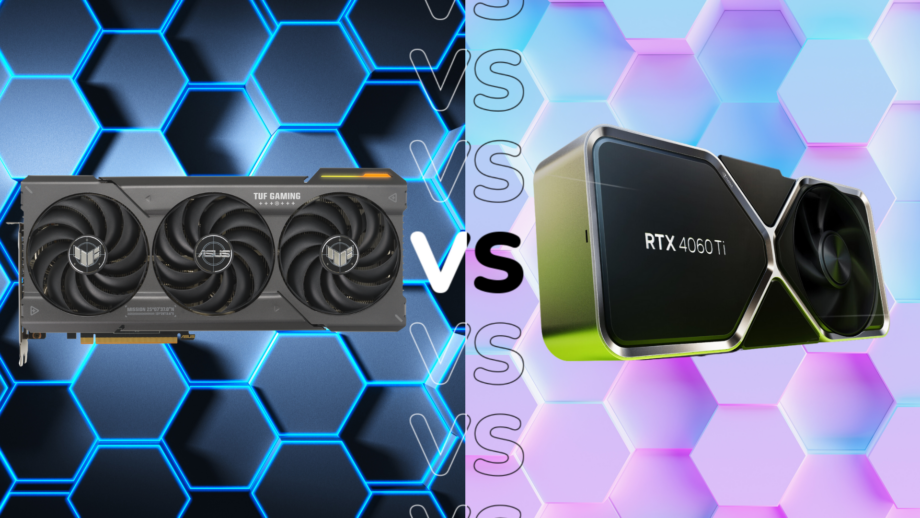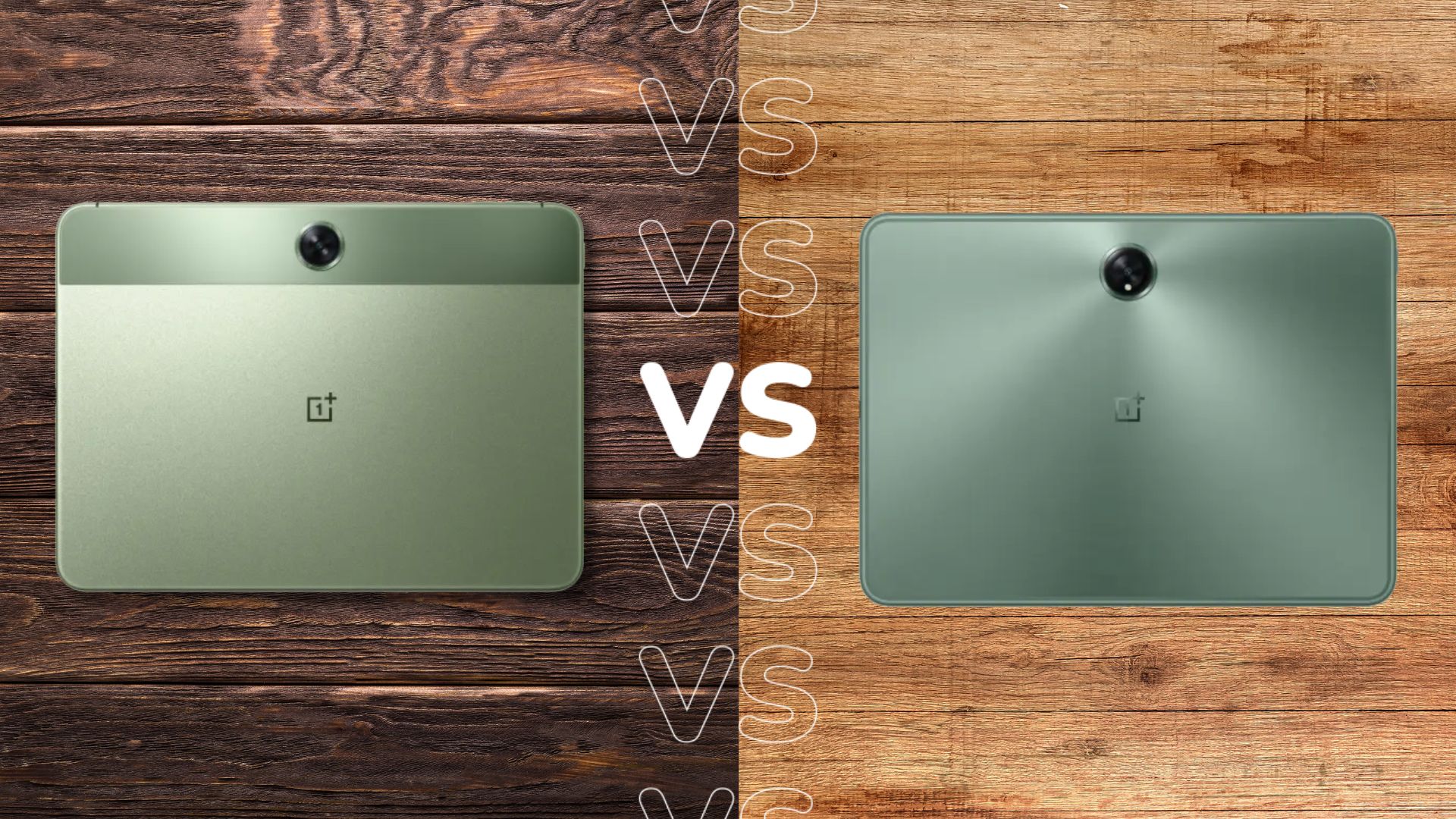AMD Radeon RX 7700 XT vs Nvidia RTX 4060 Ti: AMD or Nvidia?

AMD has treated us with the announcement of two new graphics cards, the Radeon RX 7700 XT and RX 7800 XT. Both of these cards will be available from the 6th of September 2023.
These cards have been designed for Quad HD (1440p) gaming and come with all the bells and whistles you would expect from a Radeon RX 7000 card, with support for AMD FidelityFX Super Resolution 3, which will be released soon.
With yet another mid-range card coming to the market, we wanted to take a closer look and see how they stack up against their main rival, Nvidia. We’re going to be taking a deep dive into all the core differences between the RX 7700 XT and the RTX 4060 Ti so you can decide which next-generation card is best suited for you.
DLSS vs FSR
Both Nvidia and AMD have different ways of boosting the performance of supported games. For the former, it’s DLSS, and for the latter, it’s FSR. Nvidia is currently on its 3.5 iteration of its deep learning super sampling software which uses artificial intelligence to boost a game’s framerate performance higher and also improves the visuals and efficiency of ray tracing.
AMD instead uses FSR, or FidelityFX Super Resolution. FSR 3 has been slated to release for several months now and it’s possible that it will finally launch with these new RX 7000 cards. The current FSR 2 iteration uses AI to reconstruct geometric and texture detail, which helps to increase the performance and allows supported games to be played with a higher framerate and at a higher resolution.
Until we test FSR 3 ourselves we can’t make any claims on which upscaling technology is more effective, but it’s very promising to see FSR 3 finally making an appearance. DLSS 3 currently works with over 35 different titles – including Hitman 3, Cyberpunk 2077 and F1 22 – while FSR 2 is supported by over 300 titles.
More video memory on the RTX 4060 Ti
The AMD Radeon RX 7700 XT comes with a whopping 12GB of video memory. Having 12GB of memory means that this card can temporarily store 12GB of memory to then use to render imagery, allowing it to display more complex images at a faster pace.
Unlike a lot of other Nvidia graphics cards, the RTX 4060 Ti comes with two memory configurations, 8GB and 16GB. The 16GB variation will be more alluring for those who want to engage in intensive gaming or content-creation tasks while the 8GB option will be best for those looking to play less complex games.
RX 7700 XT provides a boost in games over the RTX 4060 Ti
AMD took the liberty of running some tests on both the RX 7700 XT and the RTX 4060 Ti to see how they compare in a selection of games. It’s worth noting that these benchmarks are from AMD itself, but we will be sure to update this article once we get the RX 7700 XT in for testing. The tests were conducted at 1440p with max settings enabled.
According to AMD, the RX 7700 XT managed to gain a 31% performance increase over the RTX 4060 Ti in Call of Duty: Modern Warfare 2 (2022) and a 26% boost in Cyberpunk 2077.
In Hitman 3 with ray tracing activated, the RTX 4060 Ti saw a 3% decrease in performance compared to the RTX 4060 Ti, with Doom Eternal seeing a 9% decrease with the same settings enabled. It’s worth noting that ray tracing being enabled will have an impact on the performance, and as we saw in our RTX 4060 Ti review, certain games handle ray tracing differently, especially when upscaling software is not turned on.
These results are promising for the RX 7700 XT, but we can’t make any concrete claims on performance until we can test the card for ourselves. But it does suggest that this card will be able to handle triple-A games at a high frame rate while running in 1440p, which is great news for AMD loyalists.








